Reinland Golf Co. Family Blog
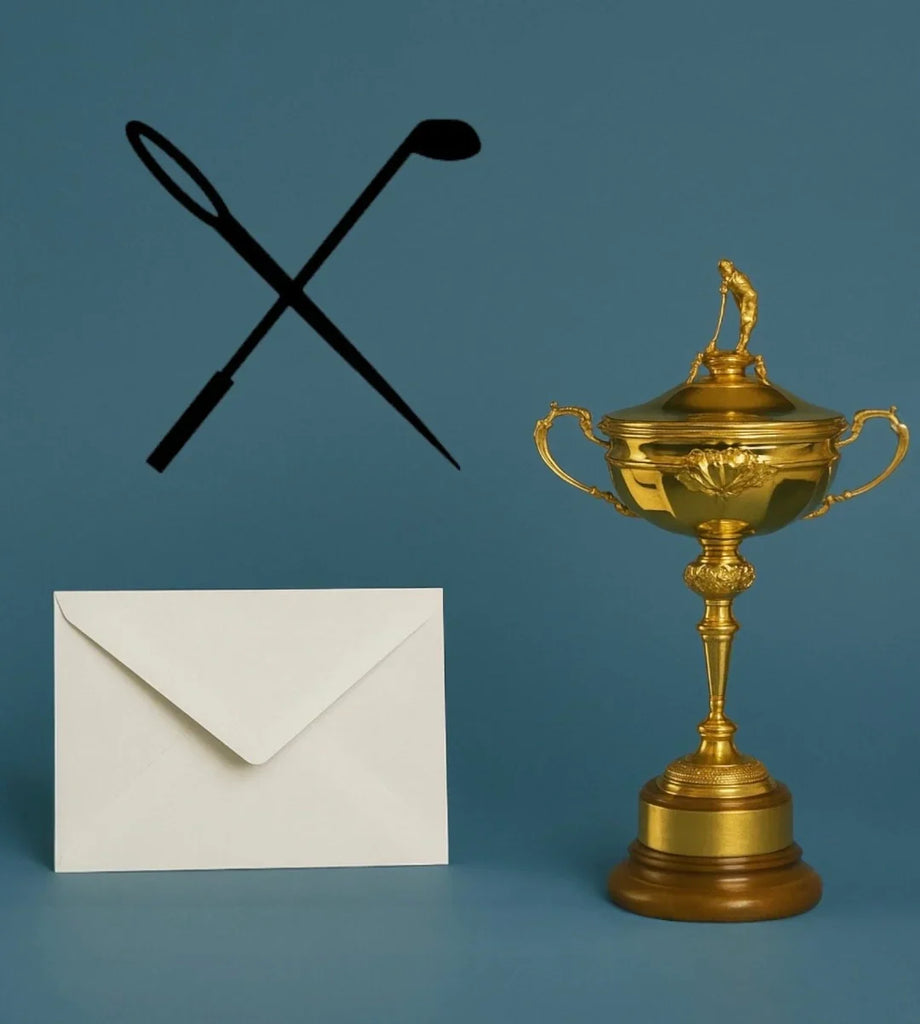
Why the Ryder Cup’s Envelope Rule Needs to Change After 2025
The 2025 Ryder Cup at Bethpage Black reignited debate over the envelope rule when Viktor Hovland withdrew from Sunday singles. Here’s why it’s time to reform this outdated procedure and how it could look in 2027 and beyond.

Caddyshack vs. Happy Gilmore: Two Generations, One Love for Golf
Golf is a sport rooted in tradition, but it has also been shaped by pop culture in ways that transcend the game itself. Two of the most iconic golf movies of all time, Caddyshack (1980) and Happy Gilmore (1996) have influenced generations of golfers in entirely different ways. While my parents grew up in the Caddyshack era, my brother and I were raised in the Happy Gilmore generation—each film leaving its unique mark on how we view and experience the game.

The Trailblazing Legends of Women’s Golf: Mickey Wright, Babe Didrikson Zaharias, and Annika Sörenstam
In the history of golf, few players—regardless of gender—have left a mark as profound as Mickey Wright, Babe Didrikson Zaharias, and Annika Sörenstam. These women redefined what was possible in professional golf, not only through their dominance on the course but also through their impact on the growth and recognition of women’s golf. Their influence spans different eras, but together, they built a foundation for future generations of female athletes.
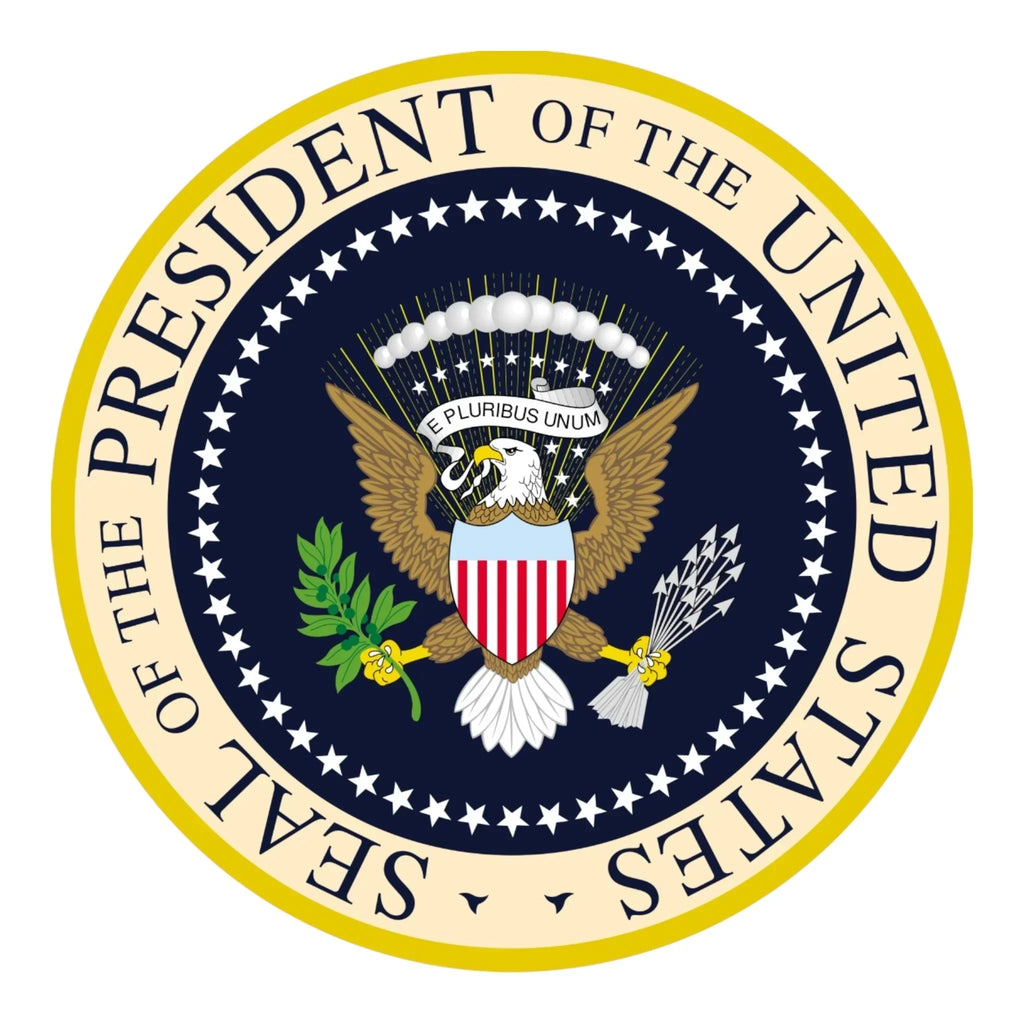
The Golfing Presidents: A Look at America’s Commanders-in-Chief on the Course
Golf has long been a favorite pastime of American presidents, offering a blend of relaxation, competition, and networking. From the early 20th century to today, the White House has been home to avid golfers who have used the game for leisure, diplomacy, and even political strategy. In honor of Presidents’ Day, let’s take a look at the U.S. presidents who shared a passion for the fairways.
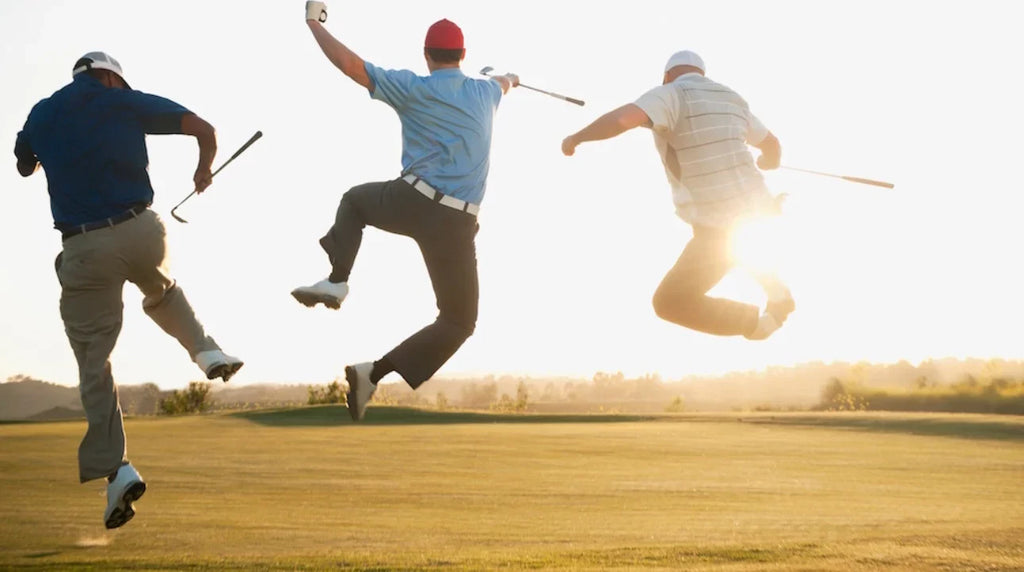
Quiz: Discover the Personality You Bring to the Course
Ready to find out which golf persona rules your fairway? Whether you’re a strategic genius, a bold risk-taker, or just here for the laughs, this quiz will reveal your true golf spirit. Share your answers down in the comments, and let us know if the quiz nailed your persona. Grab your clubs and let’s tee off into fun!
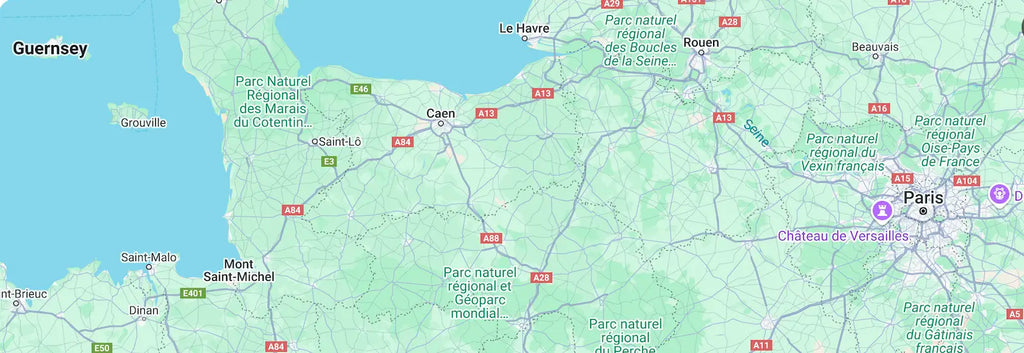
Harry Vardon: The Man Who Shaped Modern Golf
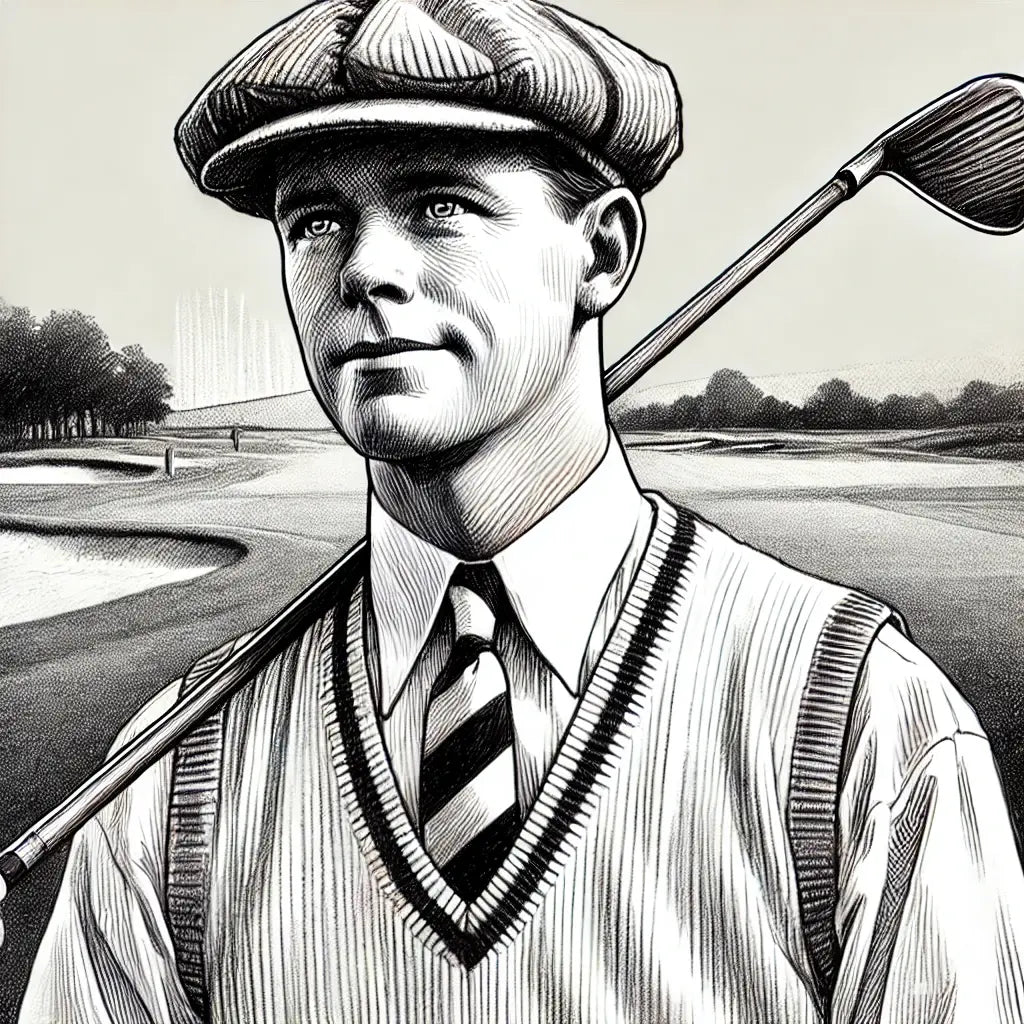
Bobby Jones: The Gentleman Champion Who Redefined Golf
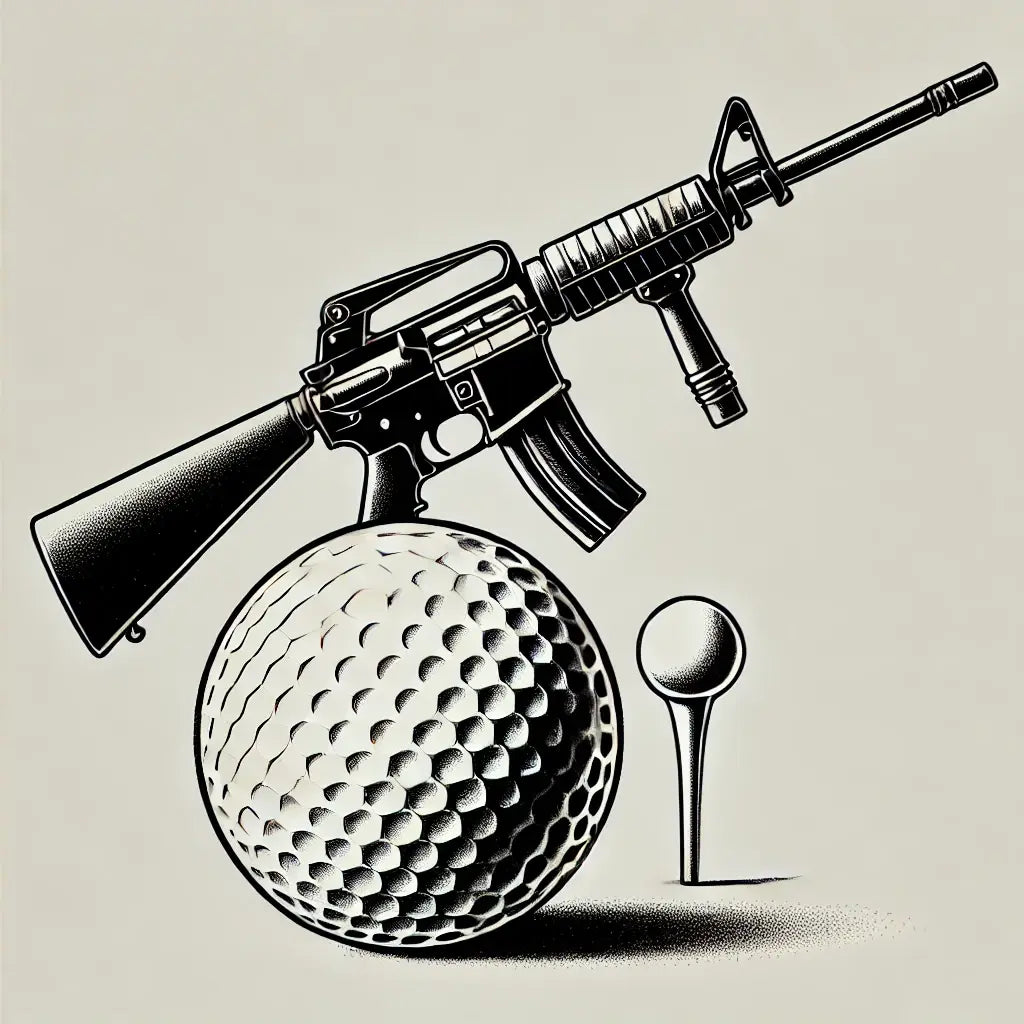
The Unseen Hazard: How War Has Shaped Professional Golf
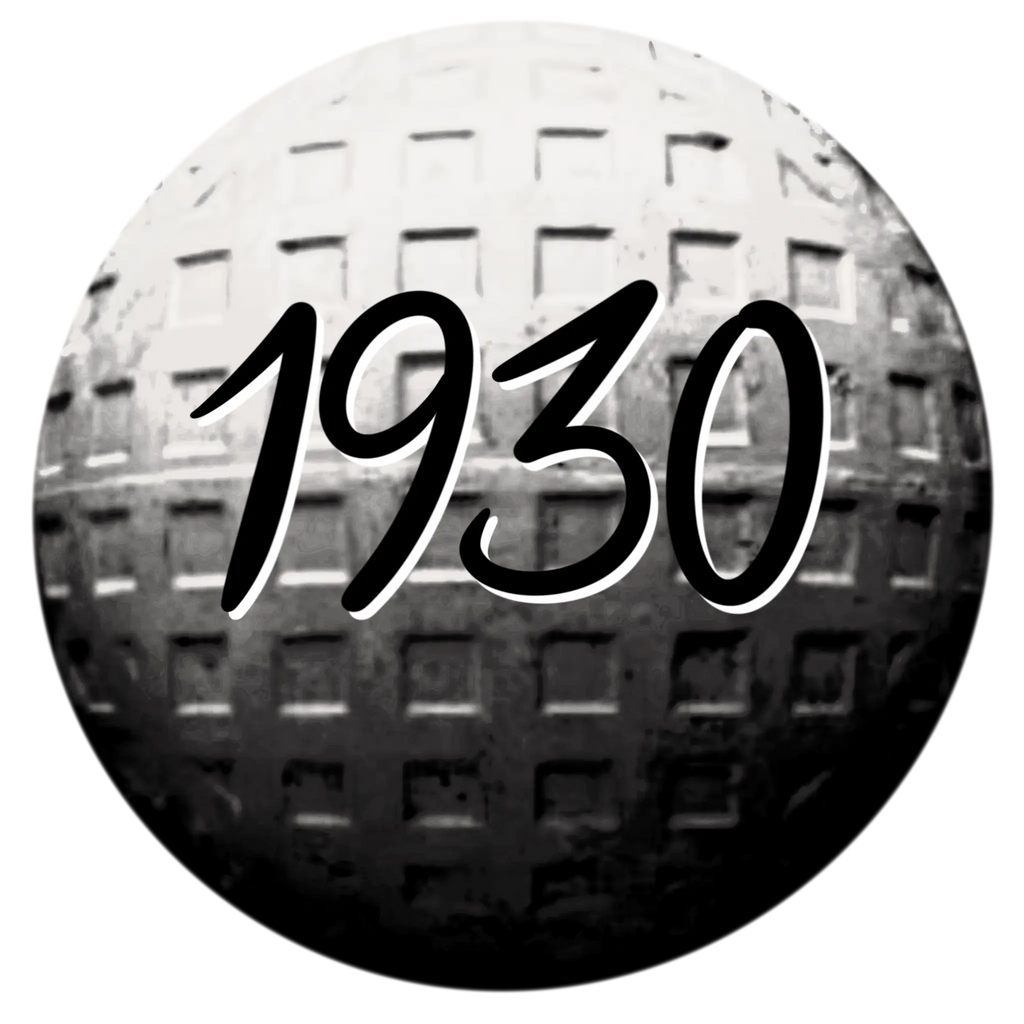
The Golden Era: What Made 1930s Golf So Extraordinary

Golf Headcovers with Personality: What Your Headcover Says About You on the Course
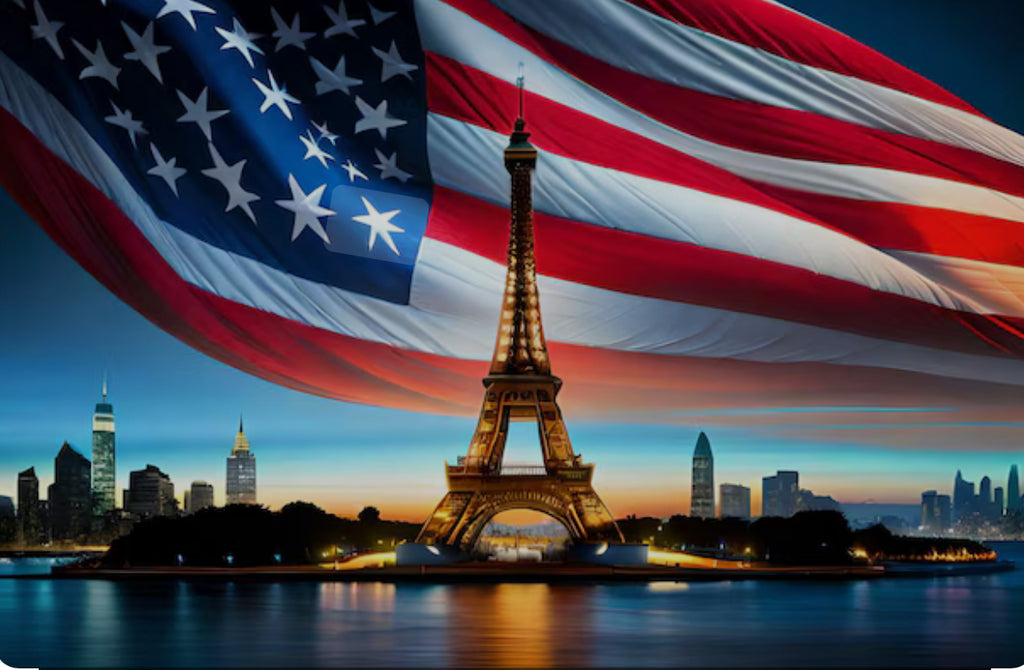
The History of Golf in the Olympics: A Journey of Triumphs and Trials
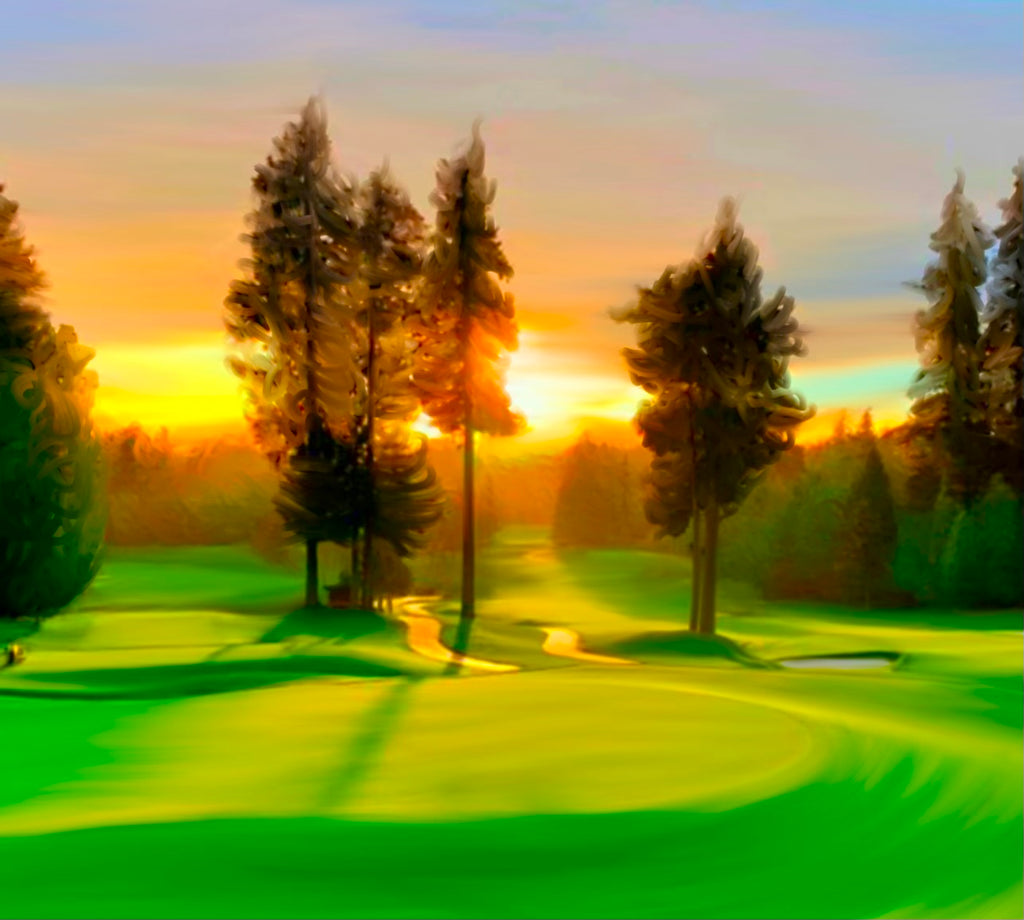
The Top 10 Amateurs to Compete in the U.S. Open: A Legacy of Excellence
- 1
- 2

